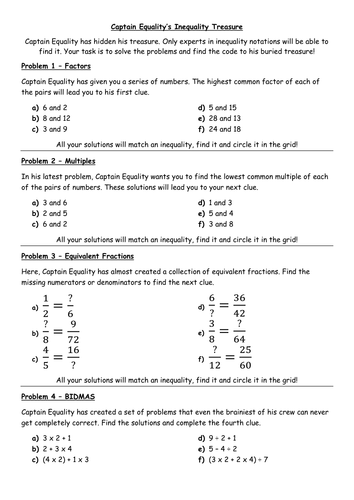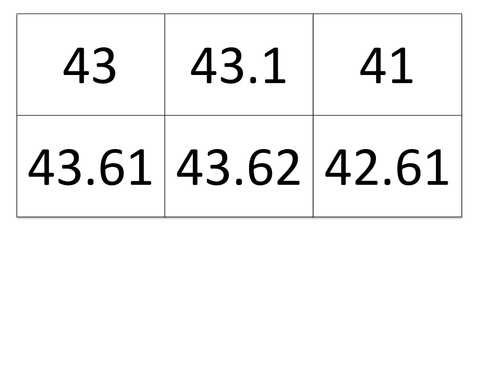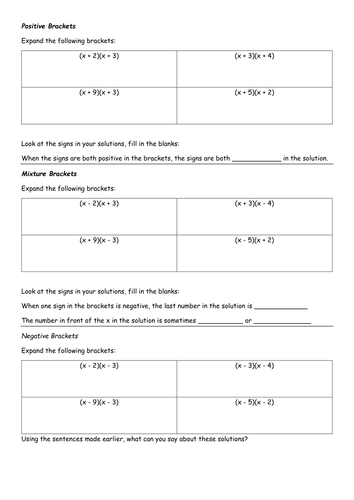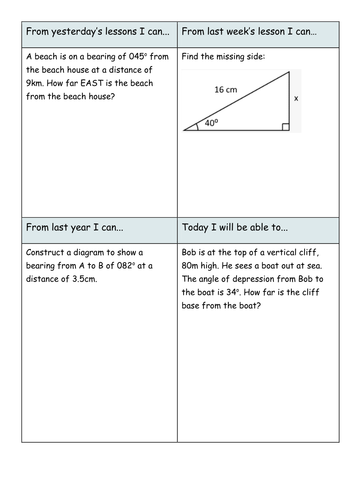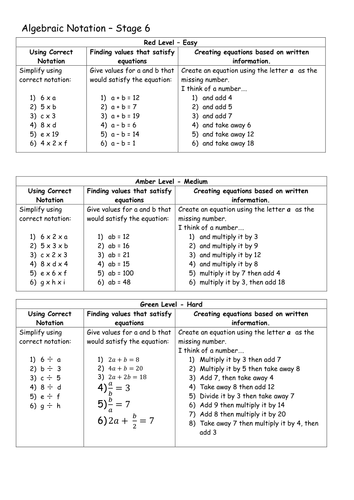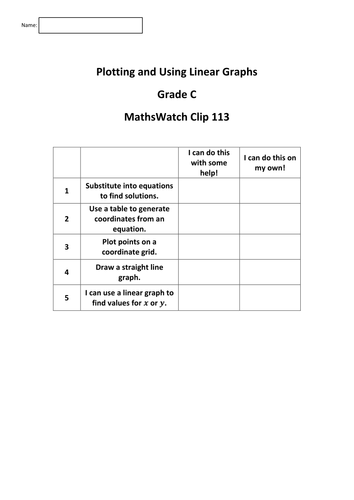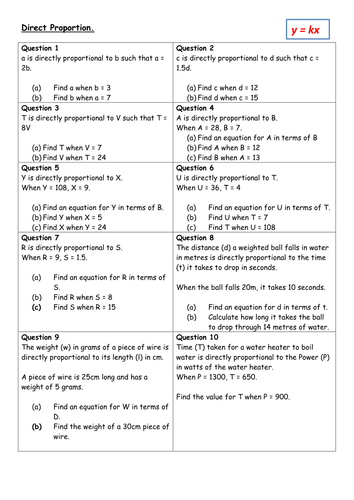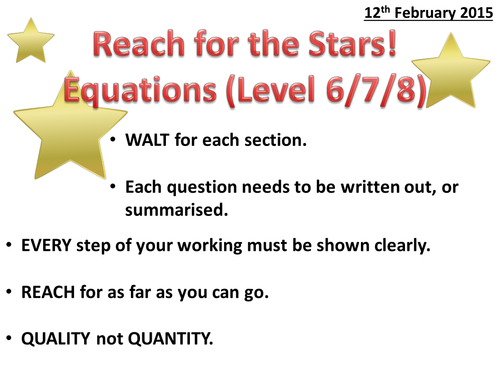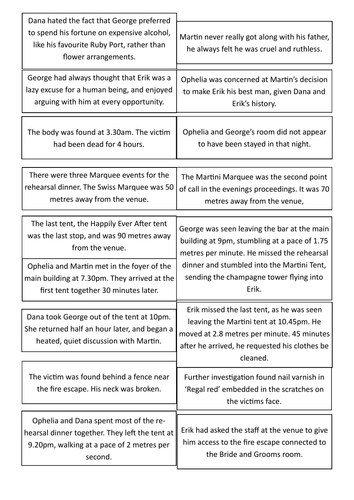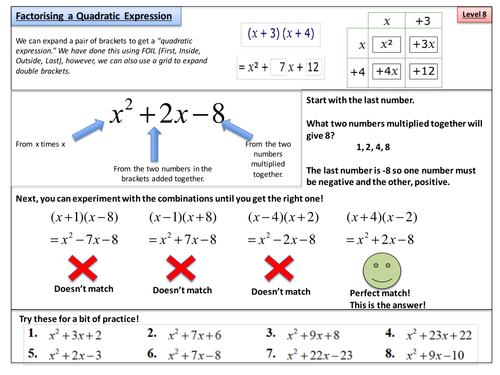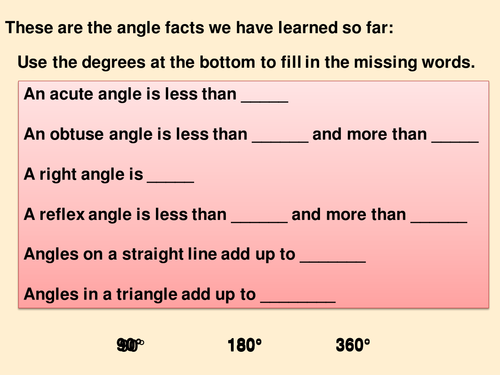Miss Brookes' Emporium of Mathematics
I'm a secondary Maths teacher in the Midlands, and I love creating interesting and wacky resources. Here I share anything I make that works! Resource that took a significant amount of time to create, full lessons, quick worksheets and interesting games. Feel free to browse, download and try for yourself! But please leave feedback so I can improve them :)





